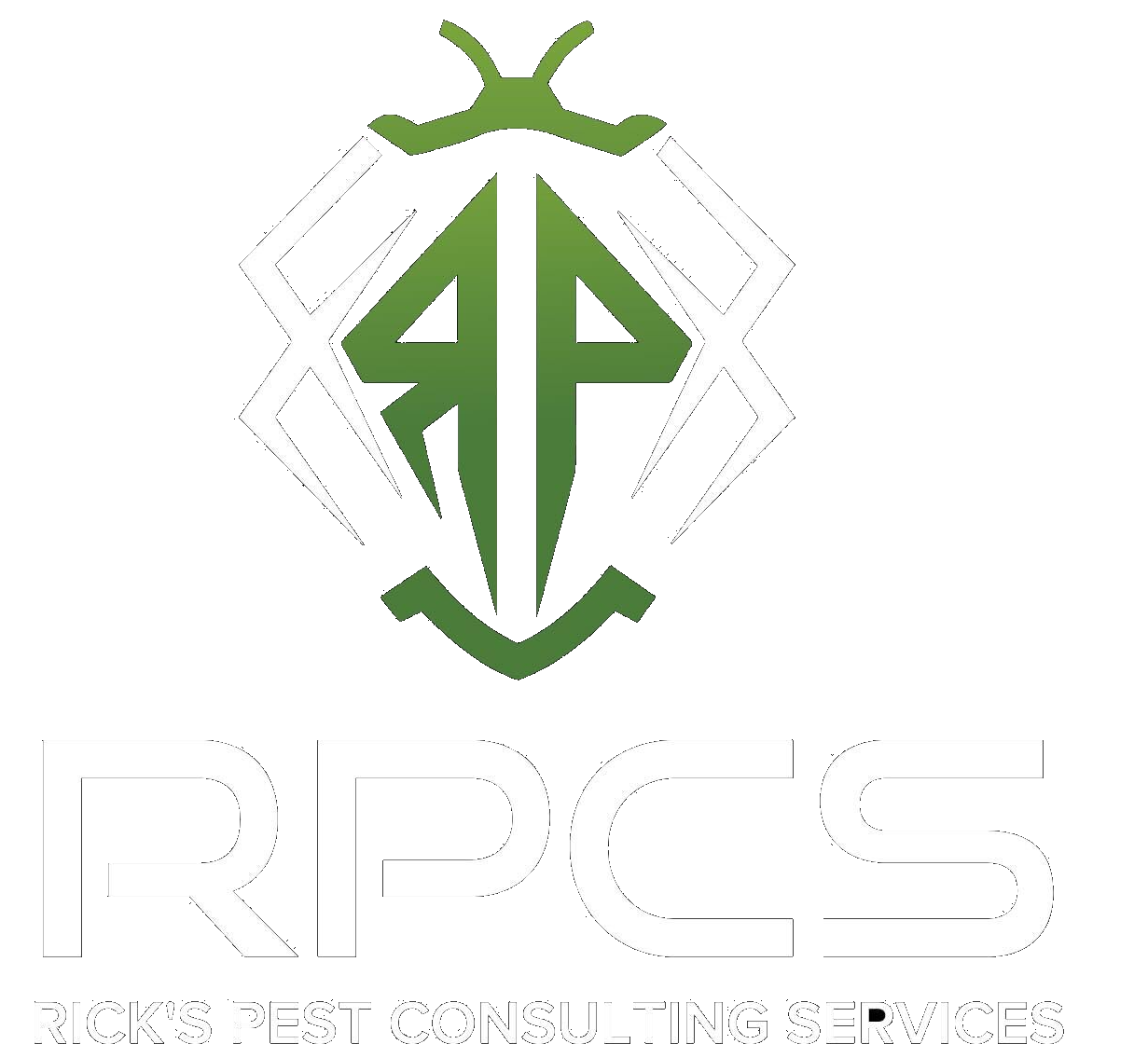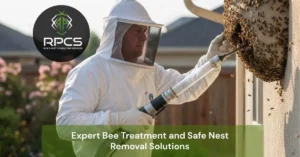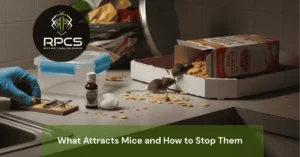Discovering a bee hive near your home can be alarming, but before you take any action, it’s important to understand what you’re dealing with. Various types of stinging insects could be making a nest on your property, and distinguishing between them can be tricky. Since getting too close can be dangerous, it’s best to leave the identification to the professionals. But how can you determine what’s buzzing around your home from a safe distance?
Where Do Bees Build Their Hives?
Like most insects, bees have preferred locations for their hives. Different species choose different nesting sites. Unlike ground-nesting bumblebees, honey bees typically build their hives in hollow tree trunks, rock crevices, or even inside building walls.
While many assume that honey bee hives dangle from tree branches, this is uncommon. However, if you notice a large cluster of bees gathered on a branch, it could be a swarm looking for a new home. In most cases, these swarms move on after a short rest. Though they are usually not aggressive during this time, it’s best to keep your distance.
How Do Bees Construct Their Hives?
Honey bees craft their hives using wax that they secrete from their abdomens. The hive consists of numerous interwoven hexagonal cells made from this wax. The worker bees produce the wax by consuming honey, which converts the sugars inside their bodies into wax secretions. They then chew the wax, mix it with saliva, and mold it into the perfect building material.
Each comb within the hive contains thousands of cells, serving different purposes. The uppermost cells store honey, the middle section holds pollen, and the lower part contains brood cells where young bees develop. An average honey bee hive can contain around 100,000 individual cells.
Why Are They Called Honey Bees?
As their name suggests, honey bees rely on honey for survival. They don’t just use it to produce wax; it is also their primary food source during the colder months. Since winter limits their ability to forage for nectar and pollen, they must store enough honey to sustain the colony. Typically, a honey bee hive will accumulate between 40 and 60 pounds of honey to last through the season.
Additionally, honey bees cluster around their queen to keep her warm, ensuring the colony’s survival. This requires a great deal of energy, which is why their honey stores are so essential.
What Should You Do If You Find a Bee Hive Near Your Home?
Although bees play a crucial role in pollination and food production, they can become a problem when they nest too close to your home. If a beehive is causing issues on your property, it’s important to handle the situation correctly.
For safe and effective removal, do not attempt to remove the hive yourself. Instead, call a professional pest control service. At Rick’s Pest Consulting Services, we specialize in bee removal services and can ensure the safe relocation or extermination of problematic bee colonies. Our trained experts provide eco-friendly pest control solutions to protect both your home and the environment.
Call Rick’s Pest Consulting Services Today!
If you need emergency pest control near me, bee removal services, or pest inspection services, Rick’s Pest Consulting Services is here to help! With over 15 years of experience, Ricardo White and his team proudly serve Washington, DC, Arlington, Alexandria, Oxon Hill, Silver Spring, and Bethesda.
Don’t let pests take over your home—contact Rick’s Pest Consulting Services today for affordable pest control services that get the job done right!






